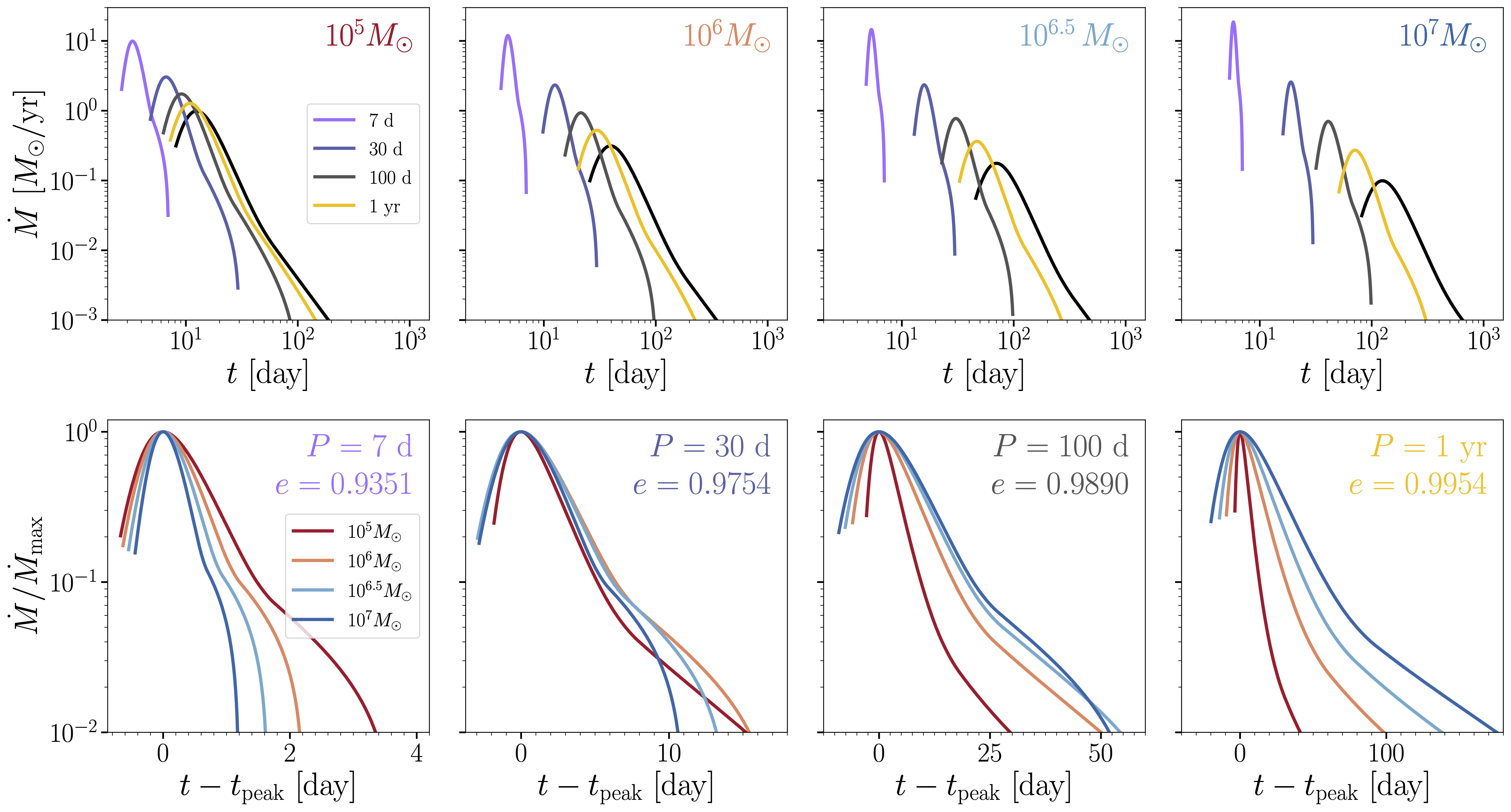Helium-shell Double Detonation Supernovae
The detonation of a helium shell atop a sub-Chandrasekhar mass white dwarf (WD) is a promising mechanism to trigger Type Ia supernovae (SNe Ia). A sufficiently thin helium shell is expected to act only as a lighter - after triggering the SN, the shell itself is outshined by the Ni-56 synthesized in the bulk ejecta and is hardly observable, leading to normal events. The thin-shell helium double detonation is thus a popular scenario to explain normal SNe Ia. But if the helium shell is massive, the SN will gain some bizarre observational properties due to the radioactive elements synthesized in the shell.
A case study – SN 2020jgb
Only a handful of such peculiar events have been discovered, among which SN 2020jgb is the most recent one. We find that it is consistent with a sub-solar mass WD ignited by a massive (over 0.1 solar mass) shell. We also detect tentative features of unburnt helium in its spectrum, which could be smoking-gun evidence for the existence of a helium shell.

A Growing Sample
These thick-shell events provide a unique sample to study double detonation SNe, because unlike thin-shell events, these red and sub-luminous SNe are easy to identify. Closely involved in the state-of-the-art optical time-domain surveys (ZTF, and the upcoming LS4 and LSST), we aim to obtain a greater sample of thick-shell helium double detonation SNe to systematically study their observational properties and host environments. This might finally help us answer the questions - what kind of progenitor systems will lead to double detonation, and how they form.
Publications
- C. Liu, A. A. Miller, S. J. Boos, et al., SN 2022joj: A Peculiar Type Ia Supernova Possibly Driven by an Asymmetric Helium-shell Double Detonation, 2023, ApJ, 958, 178.
- C. Liu, A. A. Miller, A. Polin, et al., SN 2020jgb: A Peculiar Type Ia Supernova Triggered by a Helium-Shell Detonation in a Star-Forming Galaxy, 2023, ApJ, 946, 83.
Repeating Tidal Disruption Events
Stars grazing supermassive black holes (SMBHs) on bound orbits may survive tidal disruption, causing periodic flares. Inspired by the recent discovery of the periodic nuclear transient ASASSN-14ko, a promising candidate for a repeating tidal disruption event (TDE), we study the tidal deformation of stars approaching SMBHs on eccentric orbits with both analytical and hydrodynamics methods.
Flare Structure
We find the flare structures of eccentric TDEs show a complicated dependence on both the SMBH mass and the orbital period. For stars orbiting SMBHs with relatively short periods, we predict significantly shorter-lived duration flares than those in parabolic TDEs, which can be used to predict repeating events if the mass of the SMBH can be independently measured. Using an adiabatic mass loss model, we study the flare evolution over multiple passages, and show the evolved stars can survive many more passages than main sequence stars.

Constraining the properties of ASASSN-14ko
We suggest that the recurrent flares of ASASSN-14ko originate from an evolved star on a grazing, bound orbit around the SMBH. Future hydrodynamics simulations of multiple tidal interactions will enable realistic models on the individual flare structure and the evolution over multiple flares.
Publications
- C. Liu, R. Yarza, E. Ramirez-Ruiz, Repeating Partial Tidal Encounters of Sun-like Stars Leading to their Complete Disruption, 2025, ApJ, 979, 40.
- C. Liu, B. Mockler, E. Ramirez-Ruiz, et al., Tidal disruption events from eccentric orbits and lessons learned from the noteworthy ASASSN-14ko, 2023, ApJ, 944, 184.